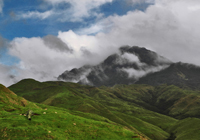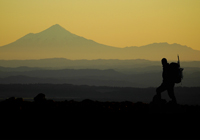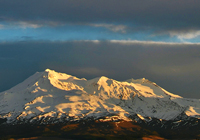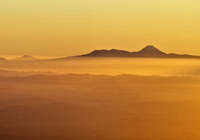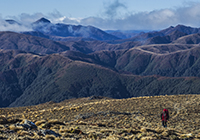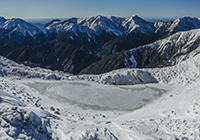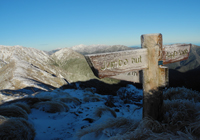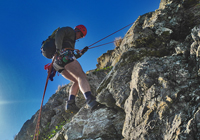See New Zealand – North Island
Quickly find specific New Zealand mountain images and information using the dropdown navigation above, or click an in-page thumb below. If you like using a Site Map that’s also an option.
The same geographic framework is used in BUY IMAGES but, in that section, there is a much smaller selection of images, presented to help inform your buying decision. If you wish to buy an image within SEE IMAGES that is not featured within BUY IMAGES, please let us know so we can help.
New Zealand is an alpine lover’s paradise, offering many life times of climbing opportunities. Most have heard about Aoraki – the ‘Clouder Piercer’ and the country’s highest peak at 3,754m. But Aoraki/Mount Cook presides over some thirty other peaks over 3,000 metres.
The tallest peak outside the main divide is Tapuae-o-Uenuku, ‘footprint of the rainbow’, in the Inland Kaikouras. Tappy stands at 2,885 metres, which is about the height of a twenty storey building taller than the highest North Island peak, Ruapehu, the ‘exploding pit’, at 2,797 metres.
I should not forget the lesser hills of New Zealand either, in the North Island ranges such as the Tararuas, with their high points virtually all under 1,700 metres (Mount Hikurangi in the Raukumara Range north of Gisborne, at 1,755 metres, is the highest non-volcanic peak in the North Island) still offer rugged terrain, exposed sections of ridge, at times brutal weather conditions and, in winter, some worthwhile opportunities to give the crampons and ice axe a good workout. For those living nearby, which is many of us, journeys into the likes of the Tararuas, Ruahines and Kawekas are more accessible and provide a great pathway into more serious climbing ventures.
Aside from height, other obvious differences between the southern and northern mountains are due to how they formed. In the south the peaks are jagged and densely clustered along the main divide, which is a highly visible manifestation of the tectonic fault line running beneath it. In the north all the biggest mountains are the result of volcanoes, looming out of the lowlands as more individual cones.

